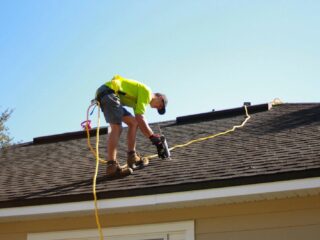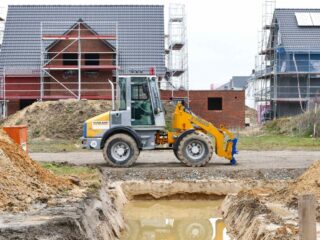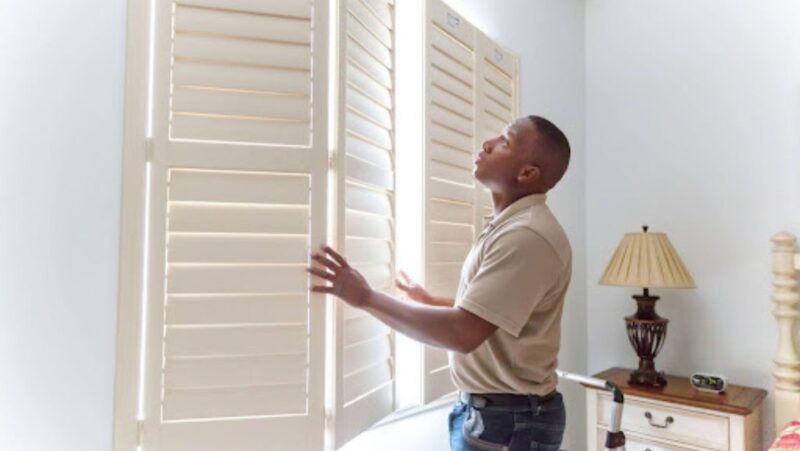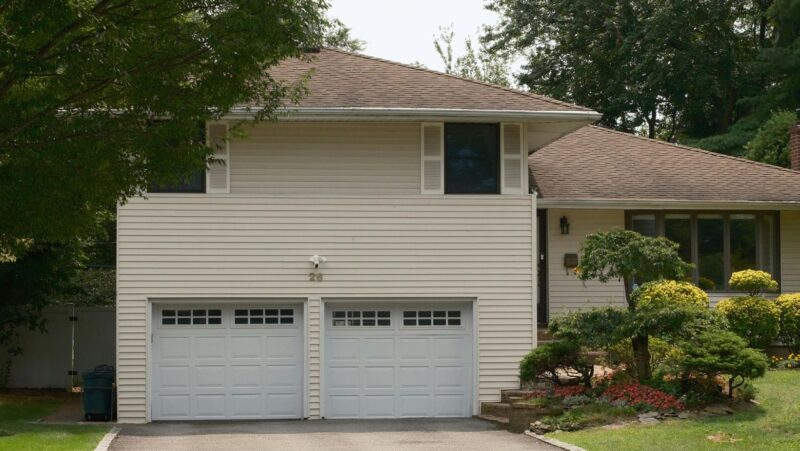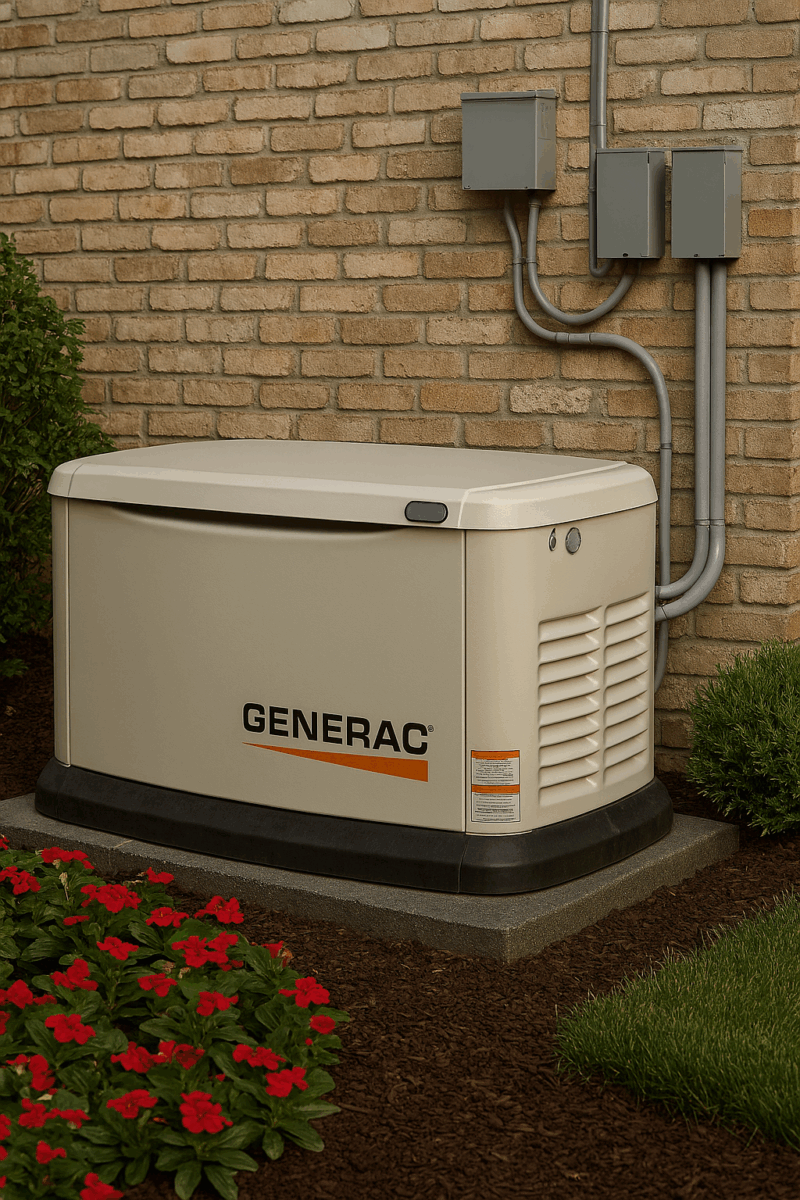
Home equity has a significant impact on how people fund life’s goals, cope with financial challenges, and even invest in their futures. With rates changing the borrowing landscape, these shifts are the perfect backdrop for unpacking and understanding priorities and planning, which PR professionals can use to their advantage.
To demonstrate the scope of what’s possible, here’s an overview of a few lynchpin story angles tied to home equity and rates. From trends in renovation spending to small-business funding solutions through equity, each perspective offers unique insights.
Exploring Regional Disparities in Home Equity
Home equity varies from one location to another. Different regions experience varying levels of growth due to factors like housing demand, economic conditions, and job opportunities. These disparities offer important insights into financial inequality and opportunities.
Key influences shaping regional equity gaps include:
- Housing supply challenges that reduce home value growth
- Strong local economies that increase equity faster
- Areas with higher income diversity that see slower appreciation
Examples highlight this divide clearly. Coastal cities in the US, such as San Francisco and Seattle, experienced soaring property values last year compared to rural inland areas, where prices tend to stagnate or rise slowly.
Why does this matter? It affects homeowners’ ability to borrow against their homes for big expenses or emergencies. In some regions, families build wealth rapidly, while others struggle to gain a footing despite similar investments.
Focusing on these differences can tell powerful stories about resilience, policy impacts, and how individuals must manage their finances when markets don’t grow equally everywhere.
Comparing HELOCs and HELOANs
Many homeowners face confusion when deciding between a Home Equity Line of Credit (HELOC) and a Home Equity Loan (HELOAN). Understanding their differences helps borrowers make better financial choices.
Put simply:
- HELOC works like a credit card with flexible withdrawals over time
- HELOAN offers one lump sum with fixed interest rates
- Repayment terms vary significantly depending on the option chosen
There’s considerable PR potential in exploring these differences further. For instance, discussing HELOC options for homeowners to illustrate flexibility can highlight how they suit ongoing projects, such as renovations. In contrast, someone funding a large single expense might benefit from the predictability of a HELOAN’s fixed payments.
These distinctions matter because choosing incorrectly may result in higher fees or limit future borrowing capacity. Educating consumers through relatable scenarios ensures they understand which option best fits their needs, while also staying prepared for potential rate changes down the line.
Interest-Rate Sensitivity and Borrower Behavior Explained
Interest rates heavily influence how homeowners approach equity borrowing. Even small rate changes impact affordability, making borrowers more cautious or driving urgency in decisions.
Borrower reactions to rate shifts vary. For instance:
- Higher rates lead to hesitation or delayed applications
- Falling rates trigger a rush to lock in better terms
- Fixed-rate loans grow popular when market uncertainty rises
Consider this scenario: When interest rates rise, potential borrowers may opt to avoid using home equity altogether, fearing higher monthly payments. Conversely, dropping rates can prompt many to refinance existing debt into lower-cost options.
Lenders also notice these patterns and adjust their marketing plans accordingly. They focus on offering tailored advice for locking in favorable terms while helping clients weigh risks versus rewards.
Understanding this behavior is vital for creating timely stories about market trends that highlight the human side of financial decision-making amidst changing economic conditions.

Renovation Spending Trends
Homeowners frequently use equity to fund home renovations, with an anticipated $553 billion set to be splashed out on various projects of this type next year. But spending priorities have shifted as economic pressures rise. Practicality now drives most projects over aesthetics.
Recent trends shaping renovation choices include:
- Energy-efficient upgrades that appeal for long-term savings
- DIY solutions that grow popular to reduce labor costs
- Focus shifting from luxury remodels to necessary repairs
For example, instead of extravagant kitchen overhauls, many prioritize solar panel installations or HVAC system improvements. These choices reflect a broader emphasis on adding value while cutting future expenses.
This shift is also tied to rising interest rates. Borrowers carefully evaluate return on investment before committing funds from their home equity.
Exploring these changes in consumer behaviour means you can uncover compelling stories about how families adapt their renovation goals based on financial realities while still aiming to improve quality of life and property value sustainably.
The Last Word
Home equity remains a versatile financial tool, but its use evolves in tandem with shifting economic and personal priorities. Each angle explored shows how trends in borrowing and spending reflect broader shifts in the market.
Whether funding home improvements or navigating regional disparities, these stories resonate by addressing real challenges homeowners face. Practical insights make them relatable.
Having a handle on these dynamics enables PR professionals to craft meaningful narratives that highlight solutions while connecting with audiences on a deeper level through shared experiences and practical knowledge.





